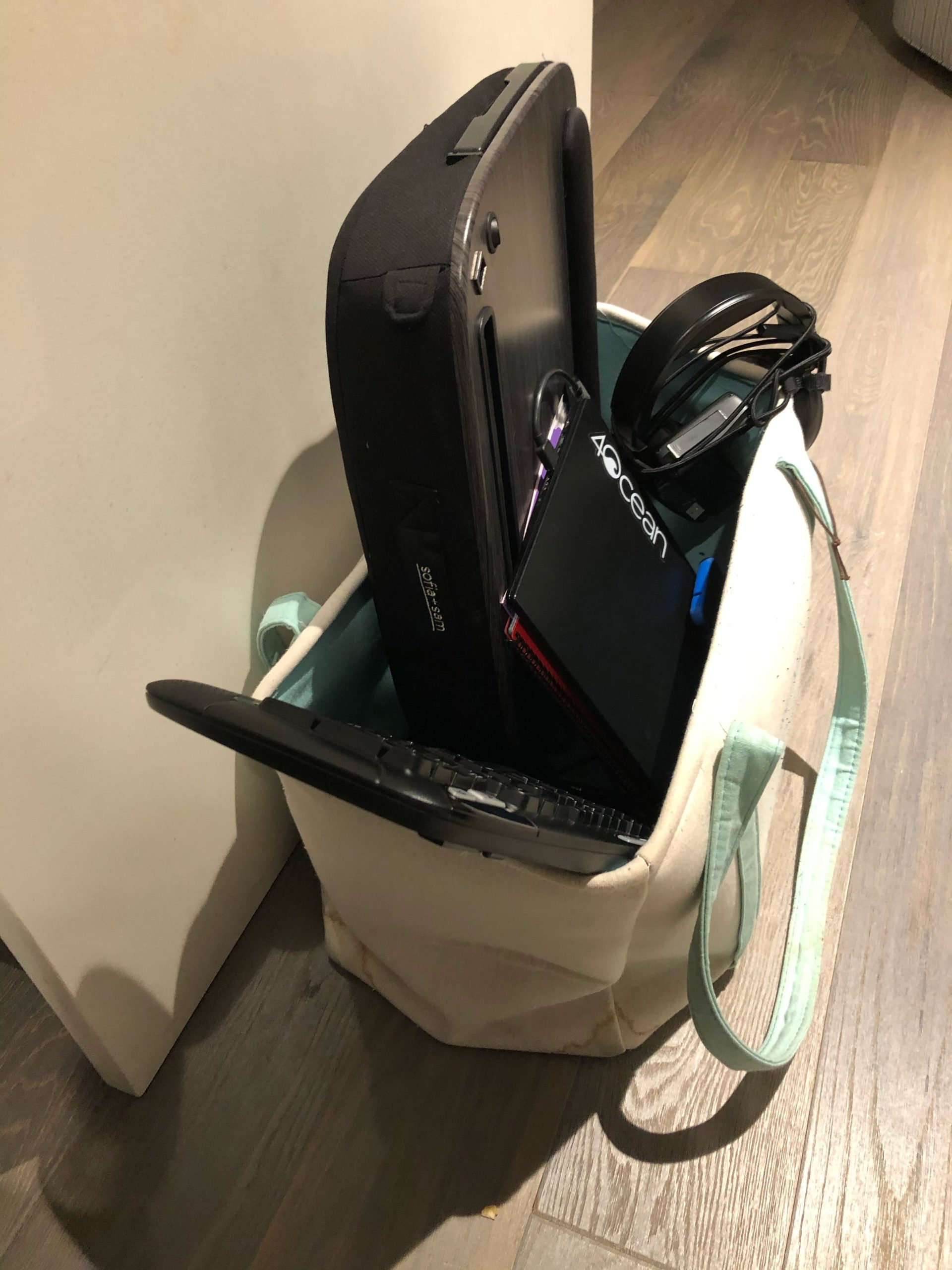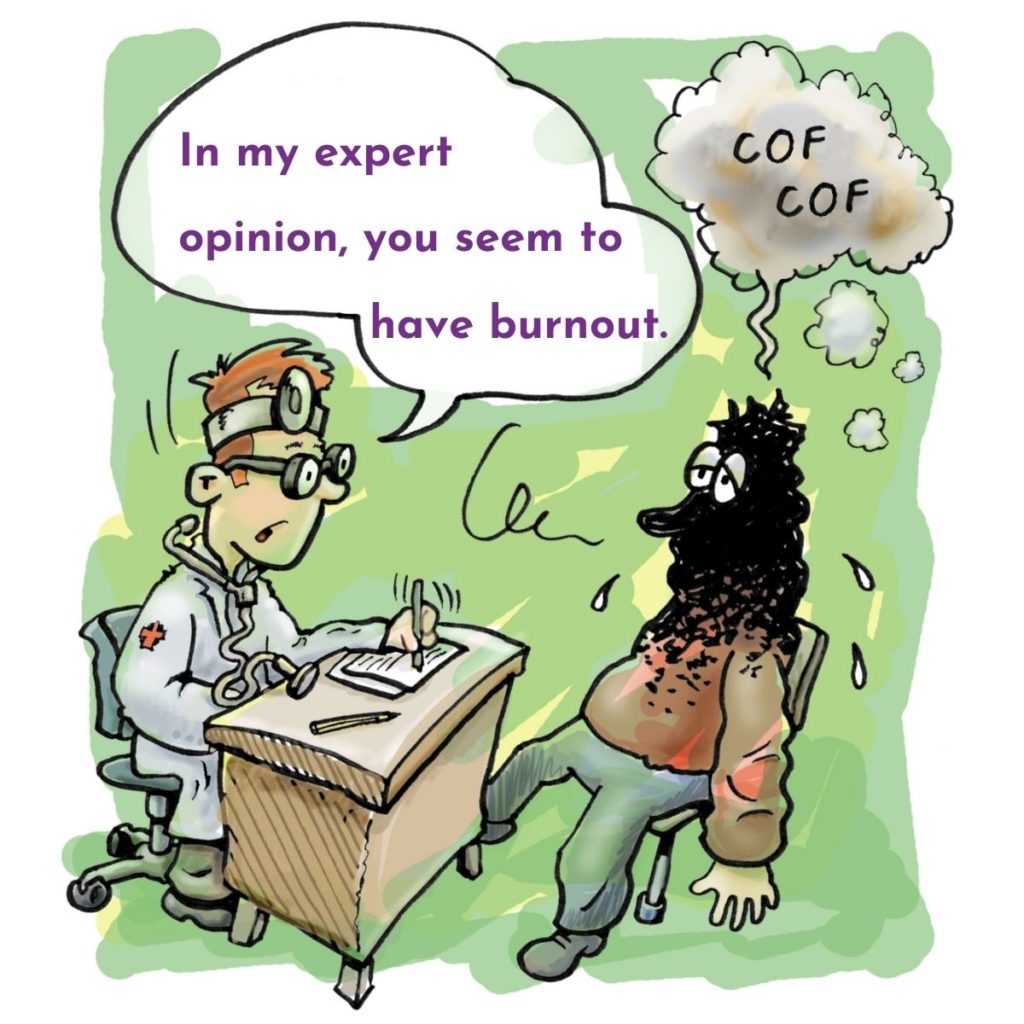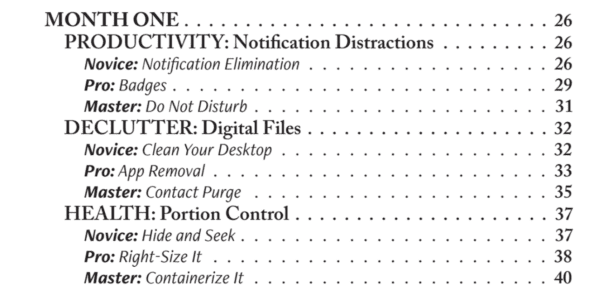Would you rather listen instead? Click here for a the 6-minute audio recording
Is your team sending emails late at night? Are they skipping their vacations because they feel guilty about taking one or don't know what to do during the pandemic? Or worse, they don't want the workload when they come back? Overcoming team burnout needs to be a top 2021 priority for all companies.
According to the Asana Anatomy About Work Index, 70% of workers experienced burnout in 2020. It was easy to do with a full year of the pandemic, newly appointed homeschool teachers (aka – parents), adjusting to working from home, the much-needed social justice movement, the election season, and day-to-day life. Last year was a doozy, and it affected everyone differently. Heck, even I felt a little burned out by the end of the year due to strong company growth, and I teach this stuff!
In 2019, WHO classified burnout as an occupational phenomenon in the 11th Revision of the International Classification of Diseases (ICD-11). It's not a medical condition, but it's definitely serious, costing our health and productivity. Seven out of ten people reported burnout in the last year.
According to the World Health Organization, burn-out is a syndrome conceptualized as resulting from chronic workplace stress that has not been successfully managed. It is characterized by three dimensions:
- feelings of energy depletion or exhaustion;
- increased mental distance from one's job, or feelings of negativism or cynicism related to one's job; and
- reduced professional efficacy.
Last year, the people ranking their mental health as poor or very poor rose from 7 to 27%. Forty-two percent of people rated their stress as high or very high.
Impacts of team burnout:
- low morale
- more mistakes
- lack of engagement
- absenteeism and/or presenteeism
- miscommunication
- more time required to get it done
In the last two years of my corporate job, I suffered work burnout so badly, I know I could have gotten a mental health leave from a doctor. I consider it one of the critical factors contributing to my being diagnosed with three autoimmune diseases at 39. Chronic stress accelerated the process. As a high-achiever, I didn't feel like I could use sadness, lack of sleep, constant crying, and wanting to give up as an excuse from time off work. That was about ten years ago, and thankfully things have changed.
Key factors contributing to team burnout (Anatomy About Work):
- overwork
- not being able to switch off or disconnect
- lack of clarity on tasks and roles
The number of employees working late in 2020 rose to 87%.
The employers who thought that people who worked from home were goofing off are now working from home and realize that's not the case. Often, people work longer hours and take fewer breaks. We aren't stopping at the coffee machine to talk to someone for five minutes. We aren't going out for lunch because of the pandemic. Some of us are navigating other people working from home and distracting us. Or we are parents working with our kids in virtual school (or worse, kids too young for school, and daycare isn't reliable). This means that we might have to leave our work during the day and come back to it at night when we're often tired and need to relax.
Many people were thrown into working remotely without consideration of how that would look for them. They started behaviors of checking email in bed, eating lunch in front of a screen, and working late at night. The work was always there, and with a pandemic, why not keep working? Now, we can't shut it off or break our bad habits.

One of my favorite examples of someone who shuts it off at the end of the workday is Marie Noel, Director of Total Rewards at Blueprint Medicines. She packs her laptop and peripherals in a bag every night and puts them in the closet.
Currently, Rader Co. is working with two teams with high rates of burnout. We're focusing on implementing guardrails to protect others and themselves. Why others? According to RaderCo Team Specialist Christina Rowe, it's sometimes easier to think about how we can edit our own behavior to help other people rather than ourselves. The benefit is two-fold, but it doesn't feel as self-serving.

What kind of guardrails helps others to decrease burnout?
- Working offline or scheduling emails to send during working hours.
- Encouraging or requiring time off. Real time off of work and respecting it.
- Having meeting free days or times and holding them sacred.

What companies can do to help overcome team burnout:
Consider the Demand-Control-Support model (R. Karasek)
- Reduce demand
- Increase control
- Increase support
This can be done with:
- Flexible work hours, especially for those that have kids in virtual school.
- Encourage or require taking time off for at least 3-4 days. A day or two is not enough to shake it off.
- Clarity on priorities so that efforts aren't duplicated. Have a virtual whiteboard for the team where everyone lists their Quarterly, Monthly, and Weekly Top Three (only three!) priorities. Even if others don't read them, it requires thoughtful planning and allows the person to hone in on what's essential when it feels like everything is.
- Reduce meetings and video calls. For the love of fresh air and less screen-time, reduce meeting duration and the number of people in them!
- Daily uninterrupted focus time by working offline, scheduling focus blocks, or having no meetings for a two-hour block during the day.
- Implement accountability or commitment partners to ensure that people take care of themselves—reward team members who are putting up guardrails that increase productivity, health, and happiness.
At RaderCo, we help teams extinguish their email, conquer the calendar, master tasks, and escalate their energy. Don't lose good people due to work burnout and overwhelm.
Check out our case studies for more info.


